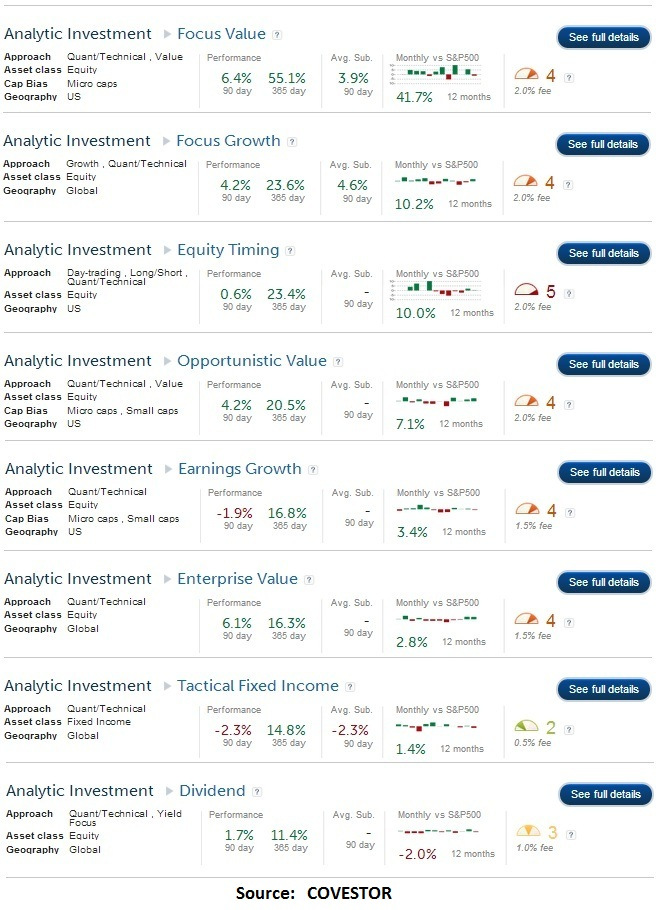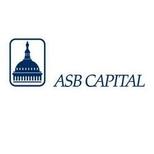 Last year was a great one across global equity markets. Turkey (TUR) led the world with a more than 65% gain, followed by emerging markets such as the Philippines (EPHE), Egypt (EGPT), Poland (EPOL), and Thailand (THD), all with more than 40% of total return for 2012.
Last year was a great one across global equity markets. Turkey (TUR) led the world with a more than 65% gain, followed by emerging markets such as the Philippines (EPHE), Egypt (EGPT), Poland (EPOL), and Thailand (THD), all with more than 40% of total return for 2012.
Belgium (EWK), Singapore (EWS), Germany (EWG), New Zealand (ENZL), and Austria (EWO) led the developed countries, with more than a 30% gain each for 2012.
The iShares DJ Home Construction Index ETF (ITB) was the best performing industry fund with a more than 79% total return for 2012. The S&P Global ex-U.S. REIT (VNQI) was the best performing sector with a more than 43% gain for 2012.
The US S&P 500 index lagged most of the world markets in 2012 but still delivered a 13.4% gain in 2012. After a good return in 2011, dividend stocks underperformed in 2012 as US dividend investors headed for the exits due to the fear of a potential 2013 dividend tax rate hike. Hedge funds once again were the worst investment in 2012. Most hedge funds were still hedging against profits and delivered their 4th straight year of poor performance.
2012 Review and 2013 Outlook
2012 started with a volatile first half, then liquidity injected by global quantitative easing programs in the second half helped lower and maintain volatility at its historical average range. Based on US GDP and, employment trends, ISM data, and all major leading economic indices, the probability of US recession for the first half of 2013 is zero.
With the global recovery well underway, uninterrupted liquidity injections from governments, low global credit default risks, and both volatility and interest rates likely to remain low, we expect 2013 to be a stable year for investments. We believe investors should remain diversified across equities, real estates, and fixed income assets according to self risk profiles; and investors should avoid unnecessary hedging against potential profits.
2012 Models Review
All of our Covestor models had double digit returns in 2012. Seven of our eight Covestor models outperformed the S&P 500 index in 2012.
In 2012, our best performing model was the Focus Value Model, which ranked 3rd among all Covestor models. The Focus Value Model return is 55.1% with a Sharpe ratio of 2.66, beta of 0.92 v.s. S&P 500, and R-square of 0.63 v.s. S&P 500. The Focus Value Model delivers the result by strictly selecting fundamentally undervalued small/micro cap stocks through computer algorithms without using any margin or leverage.
As of 12/31/2012, out of all 12,568 mutual funds tracked by Morningstar, only 2 mutual funds (ProFunds UltraSector Mobile Telecom and ProFunds Biotechnology UltraSector) had better return than Focus Value Model in 2012. Both mutual funds are double beta leverage sector mutual funds.
Our second best performing model for 2012 is Focus Growth Model, which ranked 16th among all Covestor models. In 2012, Focus Growth Model gained 23.6% with Sharpe ratio of 1.36, beta of 1.07 v.s. S&P 500, and R-square of 0.63 v.s. S&P 500. Focus Growth Model invests in large cap stocks traded in US exchanges, currently with average market cap of $22.6 billion. As of 12/31/2012, out of all 4491 US large cap mutual funds tracked by Morningstar, 24 large cap mutual funds had better return than Focus Growth Model in 2012.
Our third best performing model for 2012 is Equity Timing Model, which ranked 17th among all Covestor models. In 2012, Equity Timing Model gained 23.4% with Sharpe ratio of 1.36, beta of 0.67 v.s. S&P 500, and R-square of 0.25 v.s. S&P 500. Equity Timing Model is an alternative/absolute return strategy, which makes very short term trades using stocks, leveraged and inverse equity and volatility ETFs.
As of 12/31/2012, out of all 744 mutual funds in alternative category tracked by Morningstar, only 2 mutual funds (Royce Opportunity Select and Burnham Financial Industries) had better return than Equity Timing Model in 2012.
The Dividend Model is our worst performing model in 2012, for the obvious reason of fear of dividend tax rate hike starting in 2013. In 2012, the Dividend Model delivered a disappointing return of 11.4% with Sharpe ratio of 0.98, beta of 0.82 v.s. S&P 500, and R-square of 0.85 v.s. S&P 500. The Dividend Model ranked 72nd among all Covestor models in 2012.
Although most of our Covestor models had good returns for 2012, with fast changing market conditions, we have no idea which strategy will outperform tomorrow’s market. It is therefore important, in our opinion, to assess personal risk tolerance and to diversify across strategies to reduce risk.
Disclaimer
Opening accounts of Analytic Investment Management LLC’s models through Covestor is not personalized investment advice, and Analytic Investment Management LLC does not take Covestor clients’ personal financial needs into consideration. Investing in the financial markets involves risk, including the risk of principal loss. Don’t invest with money you can’t afford to lose. Information in this report is in no way intended as personalized investment advice and should not be interpreted as such. Portfolio performance result is provided by Covestor. The portfolio performance return is calculated from one single account and does not reflect the deduction of management fee. The portfolio performance return reflects the reinvestment of dividends. Past performance is not necessarily indicative of future results. Performance results do not take into account any tax consequences. Focus models are concentrated portfolios with less than 20 positions. Concentrated portfolios carry significantly more risk than diversified portfolios and may not be suitable for every investor.
The investments discussed are held in client accounts as of December 31. These investments may or may not be currently held in client accounts. The reader should not assume that any investments identified were or will be profitable or that any investment recommendations or investment decisions we make in the future will be profitable.




